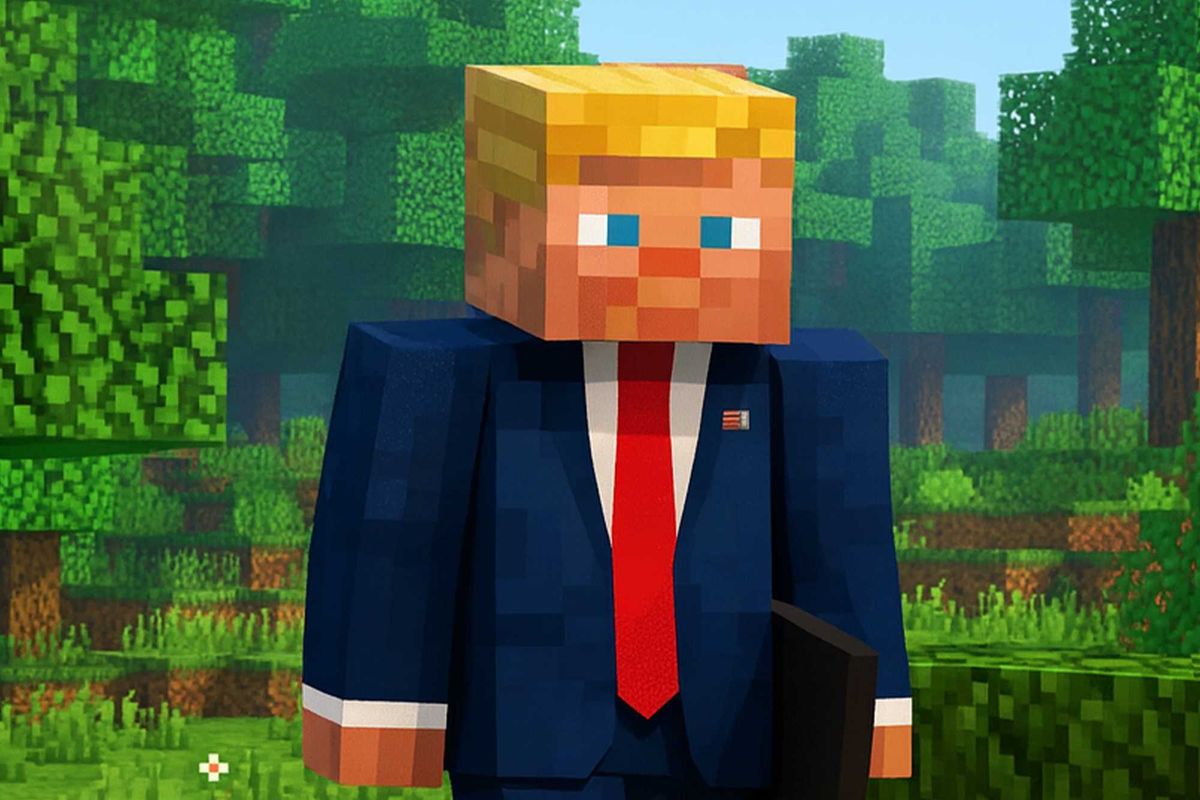Cities all over the world are celebrating its LGBT+ citizens with colourful banners, music, parties and street Pride Parades.
Artist Nate Swinehart created illustrations in rainbow colours taking people through fifty years of Pride, right from the very first, all the while documenting important landmarks in our fight for LGBT+ equality.
The artist wrote about what inspired him to create the doodle:
In celebrating 50 years of Pride, my coworker Cynthia Cheng first had the idea to depict the parade itself and show it growing in size and momentum across the decades.
The doodle begins in 1969, when the very first Pride parades took place in New York City
One of the most important dates for the movement, which began as a fight against discrimination on the grounds of sexual orientation, is 23 June 1969.
It wasn’t like many parades we see today, with banners and street parties. Instead, demonstrators took to the streets of New York City after the police raided a well-known gay bar in Greenwich Village called the Stonewall Inn.
These protests came to be known as the Stonewall Riots and lit a fire that would see the gay community mobilise into a united political movement – and this would give birth to the LGBT+ civil rights movement.
Swinehart picked another important date to illustrate in the Google Doodle – 14 October 1979
In America, the first lawsuits seeking to recognise same-sex relationships occurred in the early 1970s, though they proved unsuccessful, prompting a national movement.
The National March on Washington for Lesbian and Gay Rights was a huge political rally that drew over 125,000 protesters.
Gay men, lesbians, bisexuals, transgender people, and straight allies banded together to march on the capital to demand equal civil rights and push for protective civil rights legislation.
1989 was a turning point for gay rights... in some countries
Denmark became the first country in the world to recognise same-sex unions after passing a bill legalising “registered partnerships.”
In the same year, the UK set back LGBT+ rights with an amendment to Section 28 of the Local Government Act 1986 preventing local authorities from “intentionally promoting homosexuality or publishing material with the intention of promoting homosexuality.”
Responding to this crackdown on LGBT+ education, the campaign group Stonewall UK is set up to oppose Section 28 and other barriers to equality.
1999...
1999 was the year of knock-on effects, as countries all around the world made small goodwill gestures in the law regarding LGBT+ rights.
By this point, Pride was in full swing across various parts of the world.
Nevada banned sexual orientation discrimination in the private sector, and a few months later in October, California signed three gay right bills into law, whilst across the pond in Switzerland LGBT+ discrimination became illegal.
In France, the National Assembly granted unwed mixed and same-sex couples the same rights as married couples.
...2019
Fast-forward twenty years and the parade has grown exponentially with huge, days-long celebrations occurring all around the world.
In the UK, section 28 was repealed in 2003 and that decision steam-rolled LGBT+ rights into the fore of politics.
Following on swift wings, in 2004 a milestone was reached with the Civil Partnership Act which allowed same-sex couples to enter into binding partnerships. Less than a decade later came the Marriage Act 2013 which gave same-sex couples the right to marry.
The fight isn’t over. There are still parts of the world – over 70 countries – in which it is explicitly illegal to engage in homosexual activity.
And so Pride continues to be a celebration of how far we’ve come, and a promise to keep going until people can live as themselves no matter where they are in the world.
More: Melania Trump appears to refuse husband's attempt to hold hands for the millionth time
More: If there's one good thing to come out of Trump meeting the Queen, it's the memes














